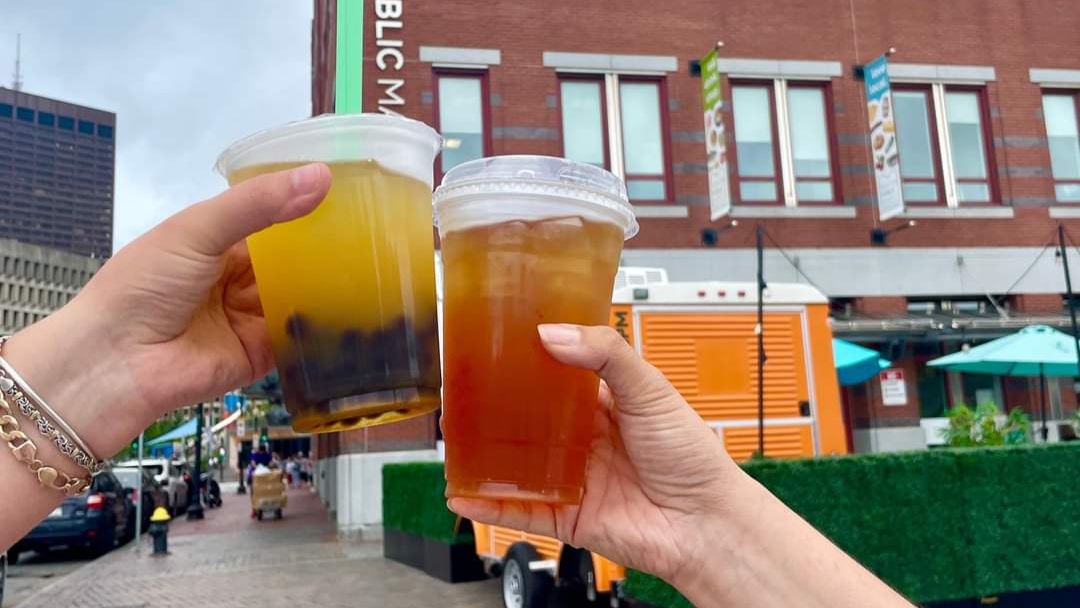Thanksgiving 2023 could be the most food-insecure fall holiday in decades. About seven million people in ten different provinces and five regions are struggling to feed their families. Even more alarming, nearly two million of them are children. Despite the record numbers, food banks across the country are providing only a quarter of that amount.
All of this is happening in one of the world’s richest countries, which exports $93 billion worth of food and agricultural products. Thanksgiving week sees food banks across the country struggling to meet demand. The problem lies at the level at which economic policies are designed, and it is naive to hope that the kindness of the country’s people, businesses and community organizations will compensate for policy failures. public and business.
For decades, successive governments have delayed any effective policy response to increase national food supplies. We pay the price for this lack of attention in the form of hungry stomachs and food insecure communities. With food insecurity affecting one in five Canadians, it would be a mistake for the federal and provincial governments to encourage citizens to donate more to food banks to stem the tide, But that’s what we’re getting. We have accepted it since the 1980s, only to see hunger rise, small farms close while corporate profits boom and government follow government with little economic regulation. economic investment in local agriculture.
If thousands of humanitarian efforts and connections across Canada can’t stop the famine, what will? About 60 per cent of the province’s food bank clients benefit from Ontario Works or the Ontario Disability Support Program (ODSP), and neither has seen a significant increase in a decade. How can they pay rent and support themselves? The remaining 40% of food bank visitors work for minimum wage or are seniors on a fixed income. Wherever food is available, they cannot buy it. Their lack of income must be addressed.
These are just food bank numbers. Most food-insecure citizens work, but their jobs no longer allow them to meet their basic needs for food and housing. The benefits are rare. To say that they enjoy food security is a misnomer. How does a community achieve food security? In addition to helping struggling families through charitable donations, it would be more profitable and prosperous to create a more sustainable food system across the country, linked by technology and research. Any country where one-fifth of the population cannot afford nutritious food can hardly be called “food secure.”
This region of Ontario accounts for about 4% of Canada’s agricultural land but produces more than 20% of the country’s food. Why do communities in this region remain food insecure? It’s not because people and organizations aren’t generous. Unfortunately, their donations were not enough to stem the tide of food insecurity. The provincial and federal governments must engage in cooperation. Cities must invest in producing most of the food their people need.
The solutions require the city council and staff to develop policies and regulations to promote people’s hard work and business acumen in growing, cultivating, harvesting, processing and selling quality food products. Onyi Anyado, leadership speaker, futurist and business coach, reminds us that there are many types of poverty, but the worst is poverty of vision.
We ask politicians, officials and businessmen at all levels to build new models for food security in this country before the people lose their shared aspirations for a better future.
